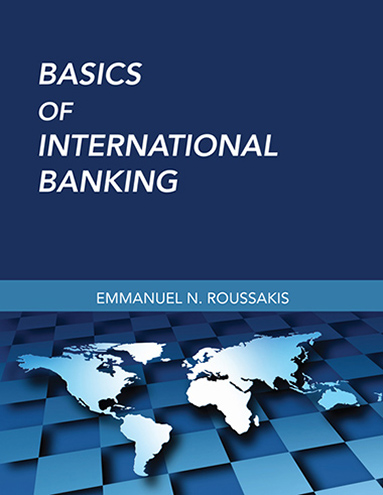
Availability: In Stock/Ready to Ship.
Suggested retail price shown above.
For discounted Bookstore or School District bulk orders: Contact Us
The unprecedented expansion in international trade and investment that the world economy has experienced since the 1990s has contributed to a phenomenal growth in the internationalization of banking activity. New types of services have been introduced; strategies and processes have evolved; the volume of international services has expanded; and the number of banks offering these services has increased. Technology and globalization have been a major force in the transformation of international banking. These important developments have occurred so rapidly that the existing literature has yet to match the significance of this change. This book has been undertaken in an effort to narrow the gap in the literature.
Basics of International Banking is designed for both students and professionals, as well as for anyone interested in the fundamentals of international banking from a management perspective. It has been written with the objective of providing a description and an analysis of some of the more important challenges confronting international bankers today.
Although, in principle, the issues bank managers face can be easily identified and rationally considered, in practice solutions are anything but watertight. In the real world in which the banker operates, applications of the principles discussed in this book becomes an exercise in informed judgment. The principles presented therefore must be viewed as guidelines that will assist the banker in the systematic evaluation of the relevant facts. This book does not provide the final answers, which vary among banks, and even for the same bank, over a period of time.
The book's organizational structure is made up of two parts. Part I provides an overview of the international financial environment in which banks operate and some of the traditional services they extend to their clients. Part II focuses on the principles and procedures in international lending.
Part I — Development and Functions
1. International Banking: Origins and Evolution
2. Banks in the Global Money and Capital Markets
3. Patterns and Trends in Offshore Banking
4. Overview of Select Banking Systems
5. Engaging in International Banking
6. International Investment Banking
7. Foreign Exchange Market
8. International Retail and Private Banking
Part II — Legal Issues and Lending Scope
9. Legal Considerations for International Lending
10. Credit Analysis of Foreign Loans
11. Import Financing
12. Syndication
13. Loans and Placements to Foreign Banks
14. Loans to Foreign Governments